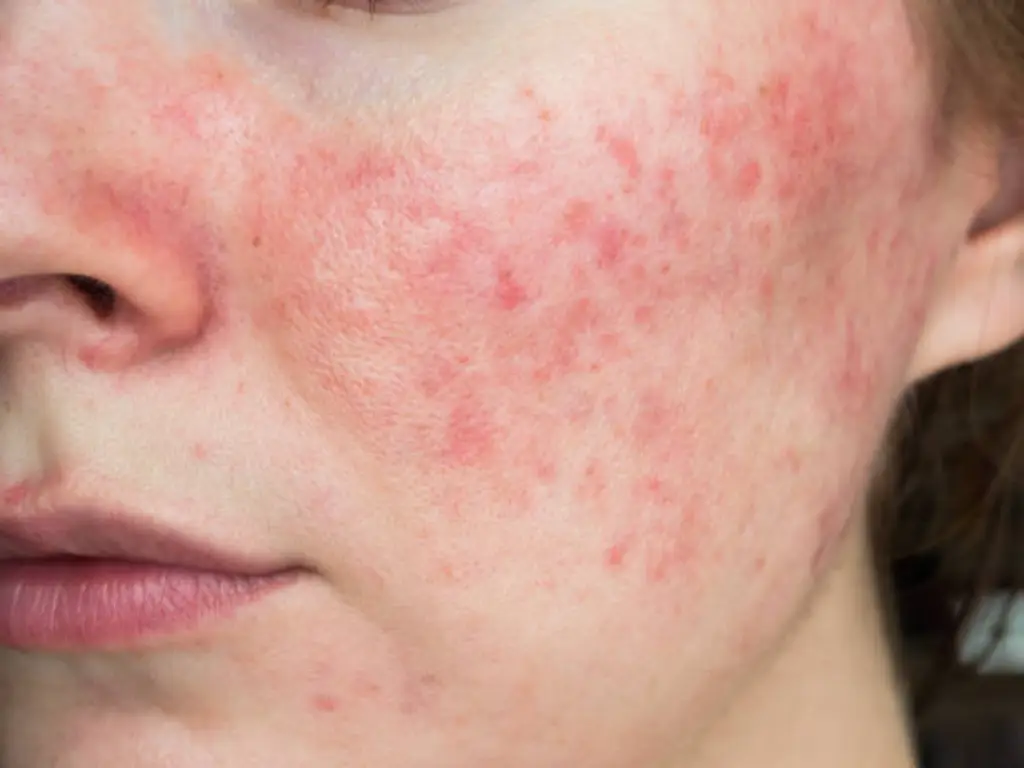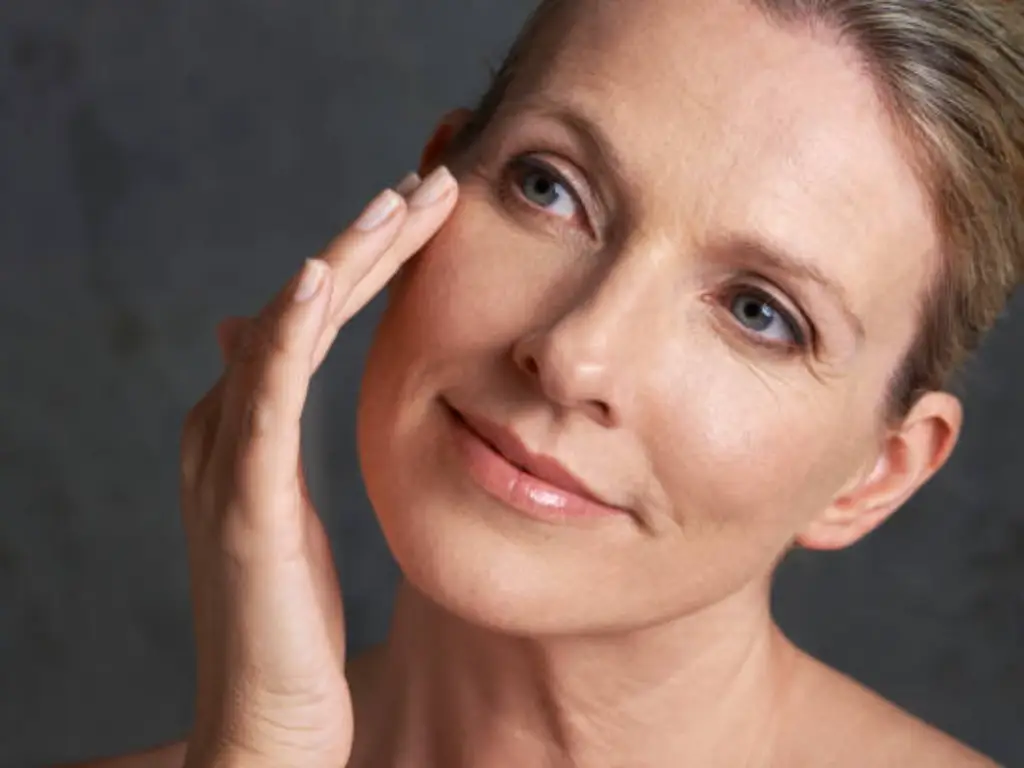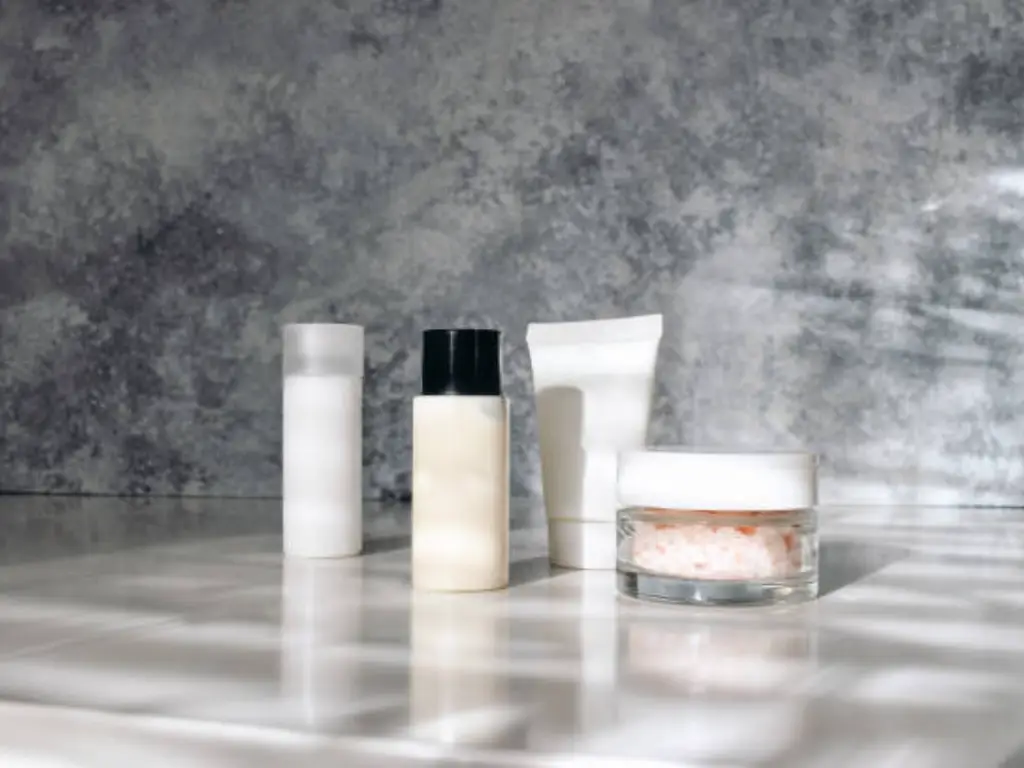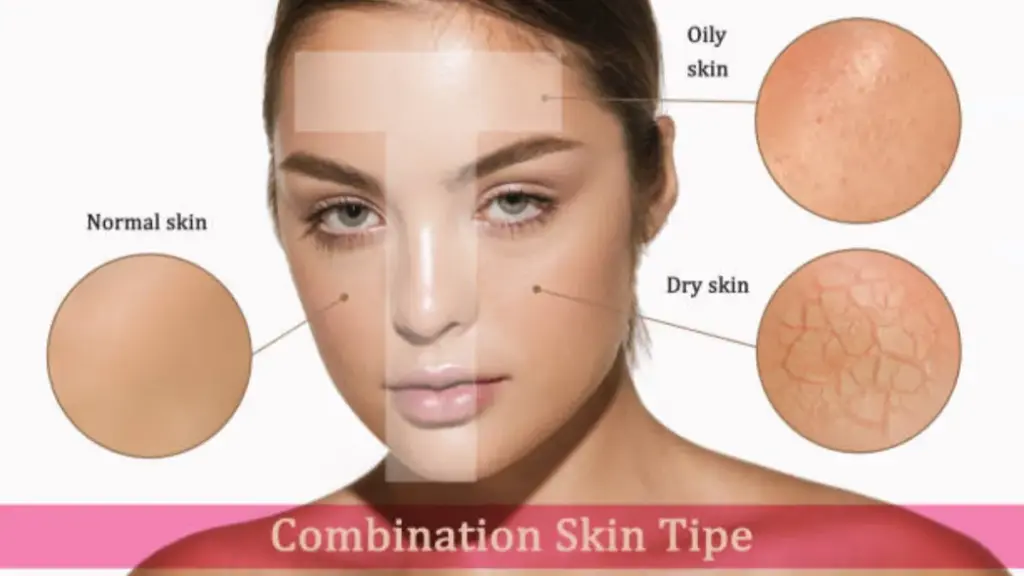Starting your own skincare line can feel like embarking on a journey into the unknown, but trust me, it’s one that can be extremely rewarding. Whether you’ve dreamed of creating your own products for years or you’re just dipping your toes into the world of skincare entrepreneurship, this guide will walk you through everything you need to know. From defining your brand to launching your products, we’ll cover all the essential steps you need to take. Let’s dive in!
What to Consider Before Starting Your Own Skin Care Line
Before you jump in headfirst, there are some crucial considerations you need to make. Starting a skincare line is not just about making fabulous products – it’s about creating a brand that resonates with your audience and meets real needs. COSÌ, what should you think about before you even begin?
- Understand the Industry: The skincare industry is massive, and it’s growing every year. From anti-aging to organic beauty, there’s a niche for almost every skincare concern. But it’s also highly competitive. COSÌ, you need to figure out where your products will fit in. Chiediti: What makes your skincare line different? What problem are you solving?
- Know Your Audience: Identifying your target market is key. Are you focusing on skincare for sensitive skin, pelle incline all'acne, or anti-aging products? Once you understand who you’re catering to, everything from product formulation to marketing will fall into place.
- Set Realistic Expectations: Starting a skincare line is a big commitment. There will be long hours, tough decisions, E, yes, some trial and error. Make sure you’re prepared for the challenges ahead and know that success doesn’t happen overnight. But with persistence and dedication, your brand can grow into something incredible.
- Plan Financially: The initial investment in creating a skincare line can be significant. From product formulation and manufacturing to marketing and legal fees, costs can quickly add up. It’s important to have a clear business plan and budget in place to ensure you’re financially prepared for the journey ahead.
By addressing these core considerations early, you’ll be setting yourself up for a smoother launch and a better chance of success in the highly competitive skincare market.
Step-by-Step Guide to Starting Your Own Skin Care Line
Now that you’ve thought about the basics, let’s break down the steps for how to start your own skin care line in a way that will ensure long-term success. Grab your notebook – you’re about to get into the nitty-gritty.
1. Define Your Brand Mission and Values
The first things you need to do is define what your skincare line stands for. Your brand mission and values should reflect who you are and what you want to offer your customers. Are you all about luxury? Are you committed to using only eco-friendly ingredients? Do you want to create a skin care line that’s affordable for everyone? Defining your brand mission will help you connect with your target market and give you direction for everything from product development to marketing.
The key is to make your brand authentic. Consumers can tell when a brand’s story feels fake or forced. Make sure your mission is something you truly believe in. It’s easier to get behind a brand you’re passionate about.
2. Conduct Thorough Market Research and Competitor Analysis
This is one of the most critical steps in the process. How can you make sure your skincare line stands out if you don’t know what’s already out there? Research the skincare market thoroughly. Look at your competitors – what are they doing right? Where are they falling short? How do they price their products? This analysis will give you valuable insights into trends, customer preferences, and potential gaps you can fill in the market.
Inoltre, customer feedback and reviews on similar products are a goldmine. Understanding what consumers love or hate about existing products will help you refine your offerings and make sure your skincare line offers something fresh.
3. Choose Your Skincare Niche and Define Your Target Audience
Picking a niche is key when starting a skincare line. It’s tempting to create a “one-size-fits-all” product range, but in reality, successful skincare lines often focus on specific skin concerns or target specific demographics. By honing in on a niche, you can create more targeted marketing campaigns and connect with customers on a deeper level. Let’s break down some potential skincare niches to consider.
Here’s a quick breakdown of potential skincare niches and target audiences to consider when choosing the direction for your skincare line:
| Niche | Target Audience | Key Focus | Product Features |
|---|---|---|---|
| Pelle sensibile | People with skin irritation, arrossamento, or allergies | Gentle, calming ingredients | Fragrance-free, hypoallergenic formulas |
| Men’s Skincare | Men, especially those with specific skincare concerns | Simple, Prodotti efficaci | Razor burn relief, anti-invecchiamento, oil control |
| Teen Skincare | Teenagers with acne and hormonal skin changes | Acne prevention, oil control | Salicylic acid, benzoyl peroxide, non-irritating formulas |
| Anti-Aging | Older adults seeking to reduce wrinkles and fine lines | Anti-aging and skin rejuvenation | Retinol, acido ialuronico, peptides |
| Acne-Prone Skin | Adults and teens with acne | Acne treatment and prevention | Salicylic acid, niacinamide, oil control |
| Organic & Clean Beauty | Eco-conscious consumers seeking natural products | Naturale, organico, and sustainable ingredients | Cruelty-free, non-toxic, minimal packaging |
| Luxury Skincare | High-end consumers seeking premium products | Premium ingredients and indulgent experiences | Caviar, gold, marine collagen, elegant packaging |
Pelle sensibile

If you’re considering a skincare line focused on sensitive skin, this is a great niche, as many people struggle with irritation, arrossamento, or allergic reactions to common skincare ingredients. Products aimed at sensitive skin should avoid harsh chemicals, artificial fragrances, and allergens. Invece, focus on using gentle, calming ingredients like aloe vera, camomilla, and calendula. You can also offer fragrance-free formulations to cater to those with extra-sensitive skin.
Men’s Skincare

Men’s skincare is an under-explored niche that has seen tremendous growth in recent years. Many men are becoming more conscious of their skincare needs but often find existing products too feminine or complicated. A male-focused skincare line could feature simple, effective products that address common concerns like razor burn, oily skin, and anti-aging. Think about creating products that are easy to use, multi-functional (PER ESEMPIO., a moisturizer with SPF), and packaged with a more masculine aesthetic.
Teen Skincare

Teenagers often deal with acne, oily skin, and hormonal breakouts. Creating a skincare line specifically for this age group could provide targeted solutions that are both effective and affordable. Focus on ingredients like salicylic acid, tea tree oil, and benzoyl peroxide to tackle acne, while also offering gentle formulas that won’t irritate sensitive, pelle incline all'acne. It’s also a good idea to incorporate educational materials or even social media campaigns that speak to teens about how to care for their skin.
Anti-Aging

As the population ages, the demand for anti-aging skincare is rising. People looking to reduce the appearance of fine lines, wrinkles, and age spots are willing to invest in products that promise to deliver results. To cater to this market, your skincare line could feature products with ingredients like retinol, acido ialuronico, peptides, e antiossidanti. Products that target both the prevention of signs of aging and the repair of existing damage would appeal to those looking to maintain youthful skin.
Acne-Prone Skin

Acne isn’t just a teenage problem. Many adults struggle with breakouts and acne, especially women. A skincare line designed specifically for acne-prone skin could offer products that balance oil production, prevent breakouts, and soothe inflammation. Incorporating ingredients like benzoyl peroxide, sulfur, niacinamide, and salicylic acid can help clear and calm the skin. Offering both day and night products would allow you to cater to a wide variety of customers looking for specialized solutions.
Organic and Clean Beauty

Consumers are increasingly looking for clean, organic skincare options that are free of harmful chemicals and sustainably sourced. If you’re passionate about the environment and want to target eco-conscious consumers, this could be a great niche. Your product line could focus on certified organic ingredients, cruelty-free testing, and minimalistic, eco-friendly packaging. Be sure to highlight the benefits of your clean beauty formulations and emphasize transparency with ingredient sourcing.
Luxury Skincare

If you want to cater to a higher-end market, luxury skincare might be your perfect niche. Focus on premium ingredients, elegant packaging, and high-quality formulations that offer something unique. Products could include rare ingredients like caviar extract, gold, or marine collagen, and packaging could reflect the opulence of the product inside. Luxury skincare isn’t just about the product’s effectiveness—it’s about creating a luxurious experience that makes customers feel pampered.
Defining Your Target Audience
Once you’ve identified your niche, it’s important to define your target audience. Don’t just think about “people who buy skincare” in a broad sense. Invece, consider specific characteristics like:
- Age Group: Are you targeting millennials, Gen Z, or older generations?
- Gender: Is your brand unisex, or do you have a specific focus on women or men?
- Skin Type: Are your products suitable for dry, oily, combination, o pelle sensibile?
- Lifestyle and Values: Are you focusing on customers who value organic ingredients, sostenibilità, or cruelty-free beauty?
The more specific you can get with your target audience, the easier it will be to tailor your marketing and product development to meet their unique needs. By defining a niche and audience, you’ll not only stand out in a crowded market but also build a loyal customer base that resonates with your brand’s values.
4. Formulate Your Products and Select Ingredients
Now comes the fun part – product formulation! But before you get excited about the idea of mixing essential oils and organic ingredients, it’s crucial to know that creating safe and effective skincare products requires a lot of expertise. You’ll need to work with a professional cosmetic chemist to develop your products and choose ingredients that are not only effective but also safe for your target audience.
Your ingredients should align with your brand values – for example, if you’re promoting natural skincare, make sure to source organic ingredients that can help with skin hydration or acne control.
5. Find and Vet the Right Manufacturer
Once your formulas are ready, it’s time to find a reliable skin care manufacturer to bring them to life. When searching for a manufacturer, look for one with experience in skincare product production. If you’re considering a private label skin care line, many private label skin care manufacturers offer these services, which can be a cost-effective way to get your products into the market quickly.
Before signing any contracts, make sure to vet potential manufacturers. Look into their production quality, their ability to scale as your business grows, and their adherence to safety standards.
6. Navigate Legal Requirements, Safety Testing, and Regulations
Skincare products are regulated by health authorities, and it’s crucial that your products meet all the necessary legal and safety requirements. You’ll need to ensure that your products are properly tested for safety and efficacy. In many cases, this involves stability test, dermatological test, allergy test, and checking for harmful ingredients.
Depending on where you’re launching, you may need to adhere to different regulations (FDA regulations in the U.S. or EU regulations in Europe). Consulting with a legal expert to navigate these rules will save you a lot of potential headaches down the line.
7. Create a Memorable Brand Identity and Packaging Design
Your packaging and branding are what will attract customers in a crowded marketplace. Ricordare, first impressions matter! You want your products to look and feel high-end or unique, depending on your market positioning. Hire a professional designer to create an eye-catching logo, color palette, and packaging design that aligns with your brand’s mission and values.
Don’t forget about the customer experience – when someone buys your product, they should feel like they’re receiving a premium experience.
8. Set Up Your Legal Structure and Business Operations
Before you start selling, you need to set up the legal structure of your business. Will you operate as a sole proprietor, LLC, or corporation? Consult with a business lawyer or accountant to make sure you’re set up for tax purposes and legal protection.
Inoltre, you’ll need to think about the operational issues – inventory management, spedizione, and customer service. Having these processes in place early will save you a lot of stress later.
9. Price Your Products and Build a Sales Strategy
Pricing is one of the most crucial aspects of starting your skincare line. You’ll need to balance between covering your costs, making a profit, and staying competitive. Research your competitors’ prices and determine what your target market is willing to pay. Your pricing should reflect the quality of your products and the positioning of your brand.
Inoltre, build a solid sales strategy. Will you sell online, in stores, or both? How will you approach wholesale vs. direct-to-consumer sales? Answering these questions early will help guide your business model.
10. Develop a Robust Online Presence (Website & Social Media)
In today’s digital age, a strong online presence is essential. Create a user-friendly website where customers can learn about your brand, browse products, and make purchases. Social media is another powerful tool for promoting your skincare line – Instagram, in particolare, is a fantastic platform for skincare brands promotion thanks to its visual nature.
Don’t underestimate the power of influencer marketing. Collaborating with beauty influencers can give your brand a massive boost.
11. Launch Your Marketing and Distribution Strategies
Finalmente, when you’re ready to launch, develop a comprehensive marketing strategy. This might include social media advertising, influencer partnerships, and email marketing campaigns. Don’t forget about distribution – whether you’re selling directly to consumers through your website or partnering with retailers, getting your products into the right hands is crucial.
Meet Oully

Ready to bring your skincare vision to life? Oully, a trusted private label skincare manufacturer, offers the expertise and resources you need to create your own skincare brand. Dalla formulazione del prodotto alla progettazione di imballaggi, we’ve got you covered every step of the way. We also welcome customers to visit our factory and see the production process firsthand. Contact us today to start your journey toward launching your own successful skincare line!
















